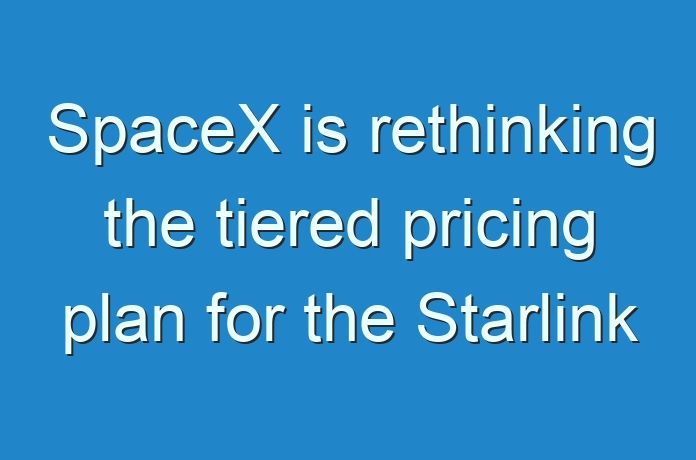
The head of SpaceX, Gwynne Shotwell, stated that the company is not likely to introduce tiered pricing for the Starlink satellite internet service’s direct consumers. The service will be going for a monthly price of $99 for the early adopters. Shotwell explained that this move is to prove to potential customers that their service is transparent and to motivate them to subscribe to it. The executive said this in a Satellite 2024 “LEO Digital Forum” webinar held two days ago. A tiered pricing system limits the customers to the service level that they have subscribed to with the choice of going overboard when their disposable income is sufficient.
Starlink is a project which brings together thousands of satellites to form a network and to provide internet service. This grouping of satellites is called a constellation, and it supplies high-speed internet to consumers in the entire globe. There are over 1200 satellites already in orbit to form a pilot test for the project. The company unveiled the service last year to customers situated in the US, New Zealand, Canada, Germany, and the UK.
The service costs $99 each month. It also comes with an additional cost for the devices tapping into the satellites in space for the internet. Elon Musk expanded the service garnering over 10000 users in the first quarter since the rollout. Shotwell reiterated that they would be operating in the public beta phase for quite some time while making the necessary changes to guarantee the transition to another phase.
Musk hopes that the Federal Communications Commission (FCC) can approve his plan of extending the service to mobile systems like cars, trucks, and aircraft. This move would open up a new market that the company is targeting to serve in the coming years. Currently, the company meets the demands of the rural and remote customers, who are about 60 million in the United States.
Shotwell explained that they decided to start with the US since there is no language barrier limiting their access to the remote and rural areas to install the devices compatible with the satellite signals. The company’s challenge is shipping the user terminals that communicate with the satellites to consumers’ residences. SpaceX has to shoulder the costs to encourage consumers to partake of this technology. Luckily, the company unveiled advanced terminals, which have minimized the cost of each by approximately $200.





